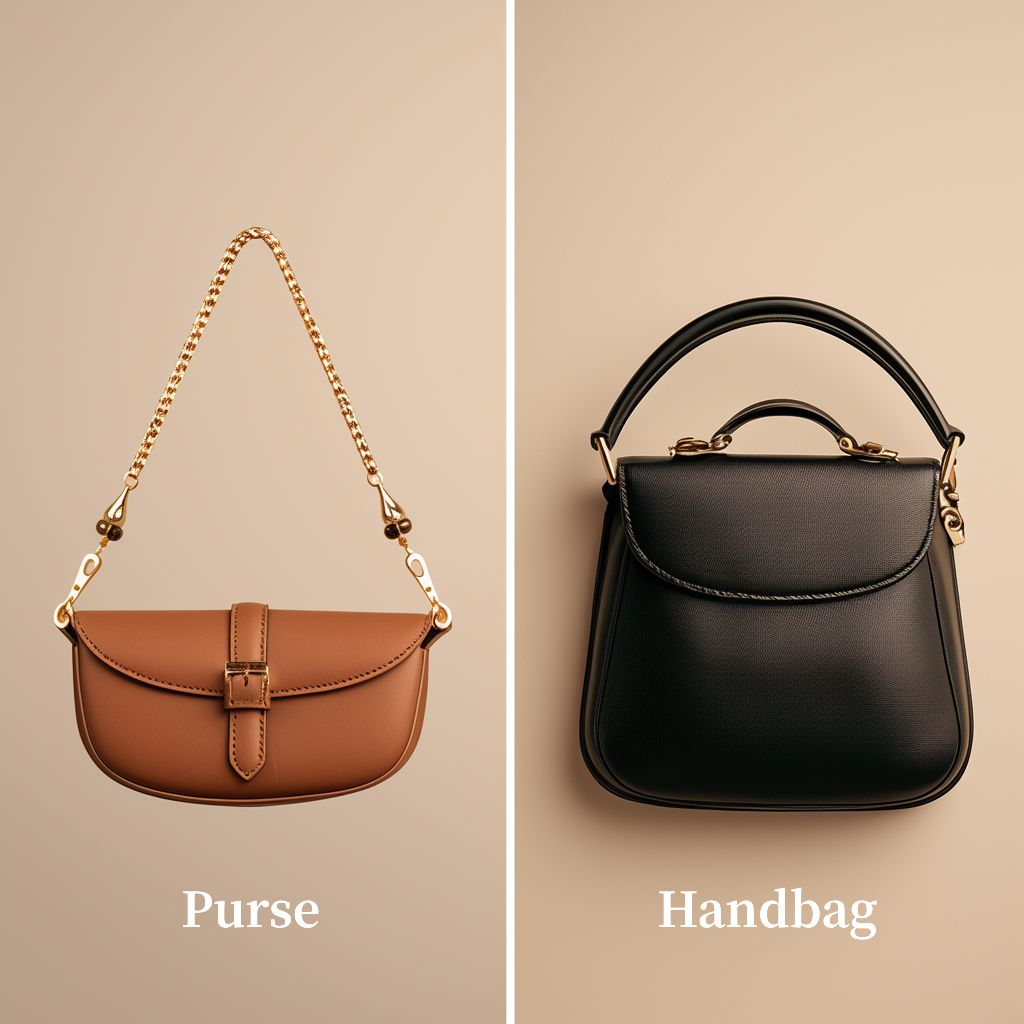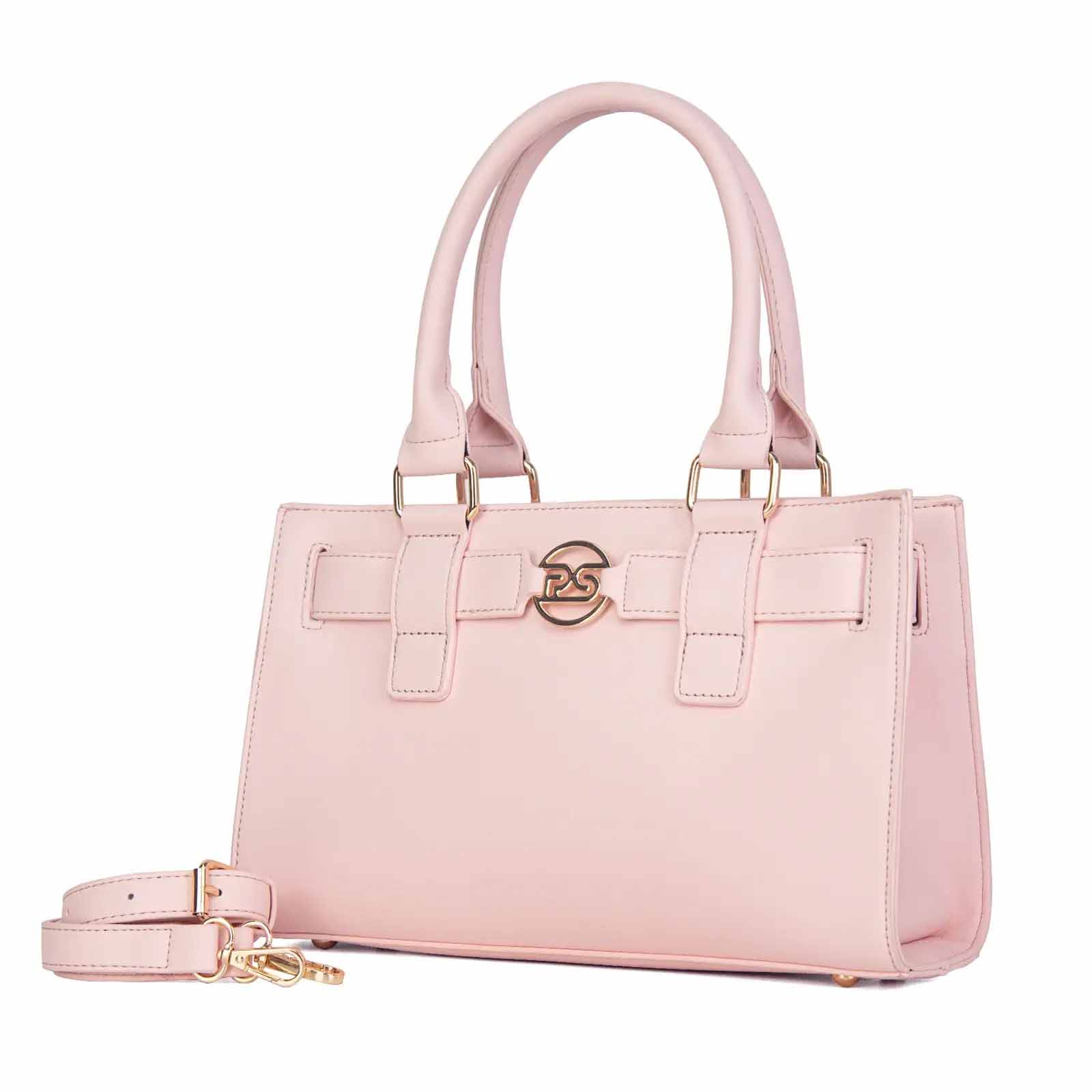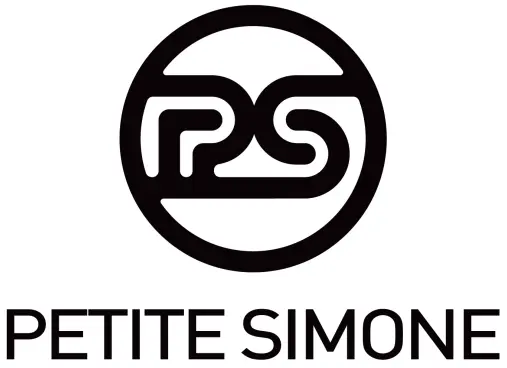HOME GUIDES THE DIFFERENCES BETWEEN VEGAN LEATHER AND REAL LEATHER
The differences between Vegan Leather and Real Leather
Written by Erin Sullivan
In a world where sustainability and ethical consumption are gaining traction, the choice between vegan leather and real leather isn't merely a matter of preference.
It reflects a broader dialogue about innovation versus tradition, environmental impact, and the evolving nature of consumer demand.
While both materials serve similar purposes, their production, care, and implications are vastly different.
History of Leather
Ancient Uses of Real Leather
Leather's history is as old as civilization itself.
Ancient Egyptians, Greeks, and Romans all utilized leather for clothing, footwear, armor, and even currency.
The durability of leather made it indispensable in an era where resources were scarce, and longevity was key.
Over the centuries, leather craftsmanship evolved, with each culture adding its own techniques and styles, contributing to the rich tapestry of leatherwork that we know today.
Emergence of Vegan Leather in Modern Times
The emergence of vegan leather is a relatively recent phenomenon, driven by the 20th-century animal rights movement and advances in material science.
As awareness of the environmental and ethical implications of real leather grew, so did the demand for alternatives.
The development of vegan leather is closely tied to the rise of sustainable fashion, with designers and consumers alike seeking materials that align with their values.
What is Vegan Leather?

Definition and Origin
Vegan leather, is a synthetic material designed to mimic the look and feel of animal leather without involving animal products.
The origins of vegan leather can be traced back to the 20th century when technological advancements allowed for the creation of leather-like materials from non-animal sources.
These materials have since evolved, catering to the growing demand for cruelty-free and sustainable alternatives.
Types of Vegan Leather: PU, PVC, and Natural Fibers
Vegan leather comes in various forms, each with unique characteristics and environmental impacts.
Polyurethane (PU) and polyvinyl chloride (PVC) are the most common types, offering durability and a realistic leather appearance.
However, these synthetic materials are petroleum-based and raise concerns about environmental sustainability.
In contrast, vegan leather made from natural fibers, such as cork, pineapple leaves (Piñatex), and recycled plastic, presents a more eco-friendly option, though often at a higher cost.
What is Real Leather?

Definition and Origin
Real leather is derived from animal hides, typically cattle, that undergo a tanning process to produce a durable, flexible material.
Leather has been used for thousands of years, dating back to ancient civilizations where it was valued for its strength and versatility.
The production of real leather is steeped in tradition, with techniques passed down through generations, each contributing to the rich history of this material.
Types of Real Leather: Full Grain, Top Grain, and Genuine Leather
The quality and characteristics of real leather vary significantly depending on the part of the hide used and the processing methods.
Full grain leather, the highest quality, retains the hide's natural grain, offering exceptional durability and a unique patina that develops over time.
Top grain leather is slightly sanded to remove imperfections, providing a smoother finish while still maintaining durability.
Genuine leather, often the lowest quality, is made from the lower layers of the hide and lacks the strength and longevity of higher grades.
Production Processes
How Vegan Leather is Made
The production of vegan leather varies depending on the material used.
PU and PVC leathers are created through a process that involves coating a fabric base, typically polyester or cotton, with a plastic polymer. This coating is then treated to achieve the desired texture and finish.
In contrast, natural fiber-based vegan leathers, such as those made from cork or pineapple leaves, involve less chemical processing and are often more sustainable, though they may lack the durability of synthetic options.
How Real Leather is Made
Real leather production begins with the tanning process, where animal hides are treated to prevent decomposition.
There are two primary tanning methods: chrome tanning and vegetable tanning.
Chrome tanning, the more common method, uses chromium salts and other chemicals to produce soft, flexible leather. However, it has significant environmental drawbacks.
Vegetable tanning, on the other hand, relies on natural tannins found in plants, resulting in a more eco-friendly product, though the process is longer and the leather stiffer.
Environmental Impact
Vegan Leather: Sustainable or Not?
The sustainability of vegan leather is a complex issue.
While it avoids the ethical concerns associated with animal products, the environmental impact of synthetic vegan leathers like PU and PVC cannot be ignored. These materials are derived from fossil fuels, contributing to pollution and waste, particularly at the end of their life cycle.
However, innovations in vegan leather, such as the use of natural fibers and recycled materials, are beginning to address these concerns, offering more sustainable alternatives.
Real Leather: Environmental Concerns and Benefits
Real leather presents a paradox: it is both environmentally problematic and beneficial, depending on the perspective.
The environmental concerns stem from the resource-intensive nature of livestock farming, the toxic chemicals used in some tanning processes, and the long decomposition time of leather products.
However, real leather is also biodegradable (when untreated with harmful chemicals) and can be a byproduct of the meat industry, reducing waste.
Additionally, its durability means that leather products often outlast their synthetic counterparts, reducing the need for frequent replacements.
Durability and Longevity
Lifespan of Vegan Leather
Vegan leather, especially synthetic varieties, often lacks the durability of real leather.

PU and PVC can crack, peel, and degrade over time, particularly with heavy use or exposure to extreme conditions.
Natural fiber-based vegan leathers, while more sustainable, may also fall short in terms of longevity.
However, with proper care and maintenance, some vegan leather products can last for several years, making them a viable option for those seeking cruelty-free alternatives.
Lifespan of Real Leather
Real leather is renowned for its durability and longevity.

High-quality leather products can last decades, developing a unique patina that enhances their appearance over time.
Full grain and top grain leathers are particularly durable, resistant to wear and tear, and can even become heirloom pieces.
The longevity of real leather not only adds to its value but also reduces the environmental impact by minimizing the frequency of replacement.
Aesthetics and Feel
Look and Texture of Vegan Leather
Vegan leather can closely mimic the look and texture of real leather, though it often lacks the depth and character that develops in natural hides.
Synthetic vegan leathers can sometimes have a plastic-like appearance and feel, though advancements in technology have led to more realistic textures and finishes.
Natural fiber-based vegan leathers, on the other hand, often have a more organic appearance, with unique textures that differentiate them from both synthetic leathers and real leather.
Look and Texture of Real Leather
The look and texture of real leather are unmatched, with each piece of leather being unique due to the natural variations in the hide.
Full grain leather, in particular, is prized for its rich texture and the way it ages gracefully over time.
The feel of real leather is often described as warm, supple, and luxurious, with a weight and robustness that synthetic alternatives struggle to replicate.
Care and Maintenance
How to Maintain Vegan Leather
Caring for vegan leather requires a different approach than real leather.
Synthetic vegan leathers should be cleaned with a damp cloth and mild soap, avoiding harsh chemicals that could damage the material.
Natural fiber-based vegan leathers may require specific care instructions depending on the material, such as conditioning cork leather to prevent drying out.
Regular cleaning and avoiding prolonged exposure to heat and sunlight can help extend the life of vegan leather products.
How to Maintain Real Leather
Real leather requires regular maintenance to preserve its quality and longevity.
This includes cleaning with a leather-specific cleaner, conditioning to keep the leather supple, and protecting it from excessive moisture and direct sunlight.
Over time, real leather can develop a patina that adds to its character, but neglecting care can lead to cracking, drying, and discoloration.
Consumer Preferences
Why Some Prefer Vegan Leather
Consumers who prefer vegan leather often do so for ethical reasons, seeking to avoid animal products and reduce their environmental impact.
Vegan leather also appeals to those looking for affordable, stylish alternatives to real leather, particularly as the quality of vegan leather continues to improve.
Additionally, the association of vegan leather with sustainability and progressive values can make it an attractive choice for conscious consumers.
Why Some Prefer Real Leather
Real leather is favored by those who value durability, quality, and tradition.
The unique characteristics of real leather, from its texture to the way it ages, create a sense of authenticity and luxury that synthetic materials struggle to replicate.
For many, real leather represents an investment in craftsmanship and heritage, making it the preferred choice for those seeking timeless, long-lasting products.
Health and Safety
Potential Health Risks of Vegan Leather
The health risks associated with vegan leather largely depend on the materials used in its production.
Synthetic vegan leathers like PU and PVC can emit volatile organic compounds (VOCs), which may cause respiratory issues and other health concerns, particularly in poorly ventilated environments.
Additionally, the production and disposal of these materials can contribute to environmental pollution, indirectly affecting human health.
However, vegan leathers made from natural fibers generally pose fewer health risks and are considered safer alternatives.
Potential Health Risks of Real Leather
The health risks associated with real leather are primarily linked to the tanning process, particularly chrome tanning, which can leave residues of toxic chemicals in the leather.
These chemicals can cause skin irritation and other health issues, especially in those with sensitive skin. Vegetable-tanned leather, while less harmful, can still pose risks if not properly processed.
Consumers concerned about health risks should look for leather products that are certified to be free from harmful chemicals.
Performance in Different Climates
How Vegan Leather Performs in Various Climates
Vegan leather's performance can vary significantly depending on the type and quality of the material.
Synthetic vegan leathers may become brittle in cold climates and are prone to cracking or peeling when exposed to extreme temperatures.
In contrast, natural fiber-based vegan leathers tend to be more breathable and adaptable to different climates, though they may require more care in humid conditions to prevent mold and mildew.
How Real Leather Performs in Various Climates
Real leather is known for its ability to adapt to different climates, making it a versatile material.
It naturally breathes, allowing moisture to escape, which helps prevent discomfort in hot weather.
However, real leather can be susceptible to damage in very humid or wet conditions, leading to mold or warping if not properly cared for.
Regular maintenance and conditioning can help real leather perform well in various climates, preserving its quality and appearance.
FAQs
Is vegan leather more environmentally friendly than real leather?
It depends on the type of vegan leather. Synthetic vegan leathers like PU and PVC can have significant environmental impacts, while natural fiber-based vegan leathers are generally more sustainable.
Can vegan leather be as durable as real leather?
While some vegan leathers can last for several years, they generally do not match the durability of high-quality real leather.
What is the most eco-friendly type of vegan leather?
Natural fiber-based vegan leathers, such as those made from cork, pineapple leaves (Piñatex), and apple peels, are considered the most eco-friendly options.
Is all real leather the same quality?
No, the quality of real leather varies significantly depending on the type of hide and the tanning process. Full grain leather is considered the highest quality.
How can I tell if a product is made from genuine leather?
Genuine leather often has a distinct smell, texture, and natural imperfections. Many products will also be labeled as genuine leather.
Is real leather environmentally sustainable?
The sustainability of real leather depends on factors such as the source of the hides and the tanning process used. Vegetable-tanned leather is generally considered more eco-friendly than chrome-tanned leather.

.webp)













